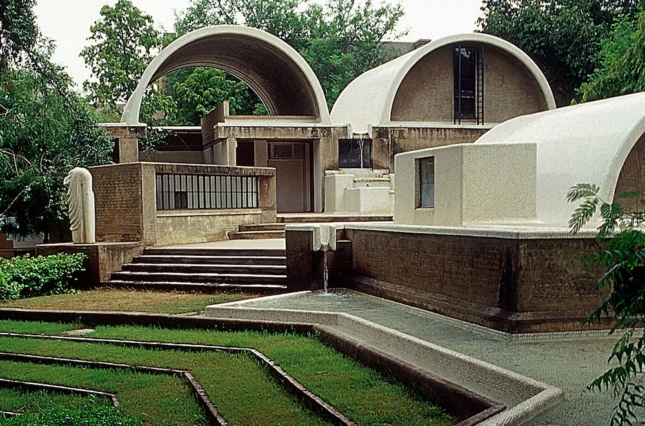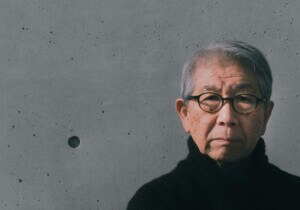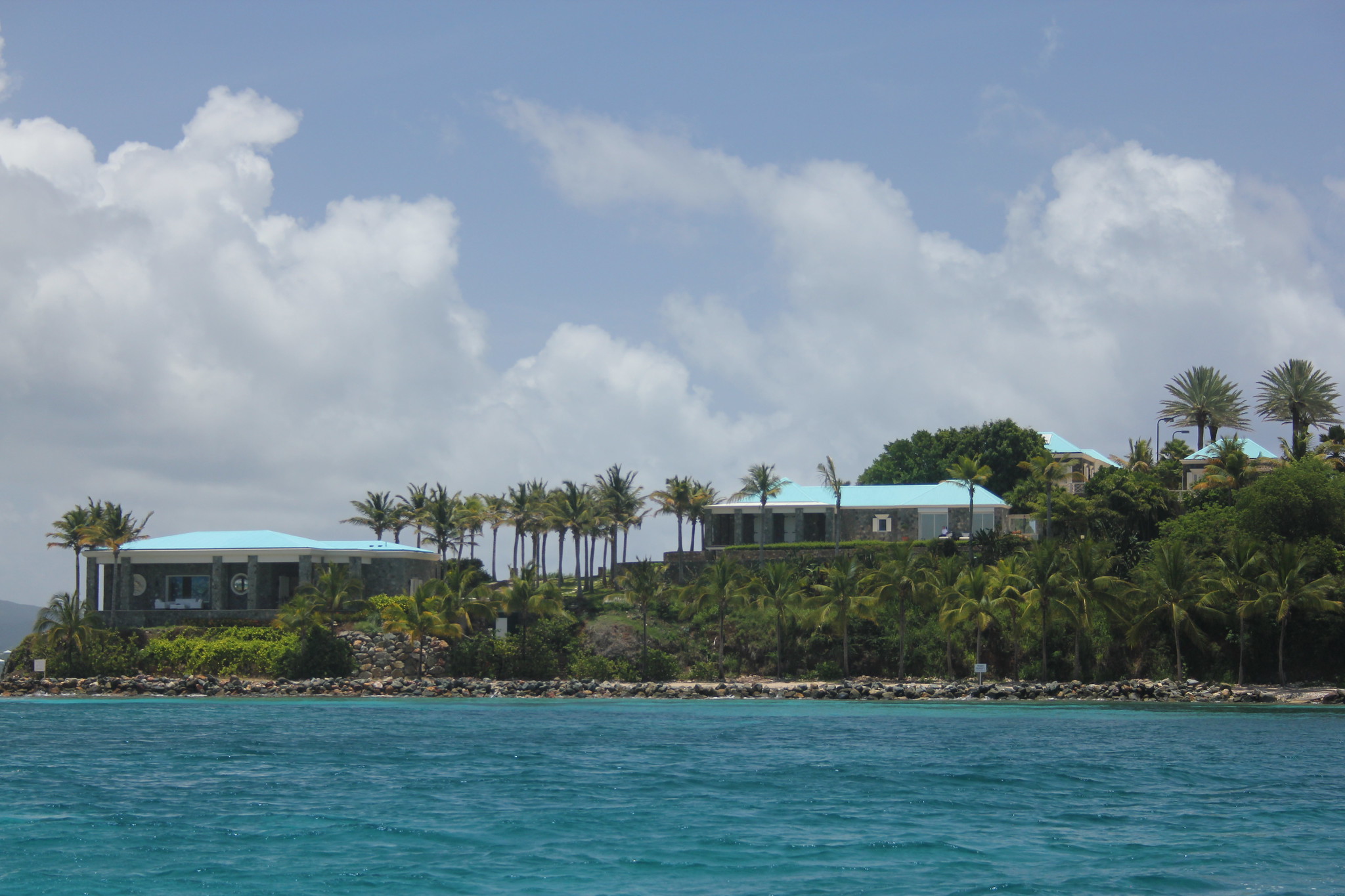2018 Pritzker Prize laureate Balkrishna Doshi delivered a wide-ranging lecture at the John H. Daniels Faculty of Architecture, Landscape, and Design at the University of Toronto in Canada last night during a reception honoring his career and achievements.
The sprawling discussion covered topics ranging in nature from the finer points of self-directed communal housing in India’s small towns to the ways in which institutional buildings can be imbued with a sense of wonder and surprise. Doshi, the first Indian to win the Pritzker and one of only a handful of architects ever selected from non-European or American countries, seemingly relished in the opportunity to discuss the relative difference and richness in perspective his “uncharted” architecture possesses, saying at one point, “If you come to India, we can show you how [poetic architecture] can be done.”

The talk, autobiographical in nature and encyclopedic in its treatment of the vital but seldom-discussed facets of thoughtful architecture, was organized generally as a series of life lessons presented to the students and staff in attendance for their benefit.
Below are a few of the many key points Doshi espoused in describing his life-long pursuit of open-ended, dynamic, and multivalent architectures.
- Create spaces where you can lose yourself—In describing visiting religious temples and participating in familial ceremonies during his youth, Doshi explained that he would lose himself in the spectacular detail of sacred spaces but that he was also often inspired by the ability people have to transform any place into a special one. These two things come together for Doshi to inspire both an admiration of architecture and an acknowledgement that people and the stories they create play as important a role in the full expression of space as typical architectonic elements do. Doshi said, “mythical stories have become for me a fact because they are in my memory,” adding later that “everything can become sacred because there’s always something there that is unknown to us.”
- Be a citizen as well as a professional—Responding to a question about the relationship between mass shootings and architecture, Doshi explained that for him, being involved with other people as a citizen and an individual was of the upmost importance and that building human relationships should sometimes supersede professional concerns. Remarking on the current state of politics and society, Doshi said, “right now, the dialogue is missing and I think dialogue is very important.”
- Focus on stability, not mobility—Several of the projects Doshi covered in his lecture focused not just on the inherent usefulness of his designs, but on their potential for reuse and reinterpretation, either through the lens of an evolving family, for example, or through the ways in which nature and the changing of the seasons can lend spaces a sense of dynamism. For Doshi, the propensity buildings have for long-term use and re-use comes from designing for stability. In response to an audience question, Doshi himself asked, “when we design, do we [anticipate] if we were the users, the ways in which we would modify” something like a house or an apartment?
- Design things that can be used for many, many purposes—In discussing a design for a water tower for a new company town, Doshi explained that instead of striving merely for the most efficient or easy-to-build form, his office explored a way of creating a water tower that could also be used for festivals and celebrations throughout the year. With the project, Doshi tried to answer the question: “How does one create [spaces for] several activities that are natural [to engage in] when there are no opportunities to do them?” His answer? To design a brick and concrete water tower with a wide skirt at the bottom that creates covered outdoor space and provides a winding staircase that ascends to the top of the tower so “young couples can have ice cream cones” on their way to the top to enjoy the view. Doshi also discussed self-directed housing types in Aranya, India that allow occupants to incrementally add to their units over time in order to create dynamic dwellings that can grow along with their inhabitants or add the potential for economic development and social integration.
- Embed movement, nature, and an appreciation of time in your work—Doshi imbues many of his projects with direct connections to nature out of necessity due to India’s climate. His works, like the Centre for Environmental Planning and Technology and the Indian Institute of Management developed with Louis Kahn, allow nature to flourish amid architecture. Doshi said, “we are [never] aware of time, but if we sit in one place and watch the sun, everything can become sacred and can have some use we do not currently know.”
A recording of the talk in its entirety can be found on Youtube here.











